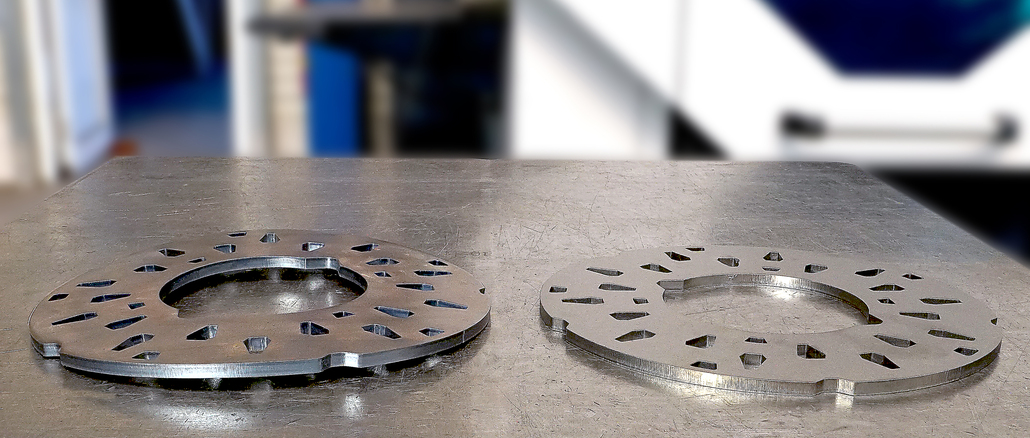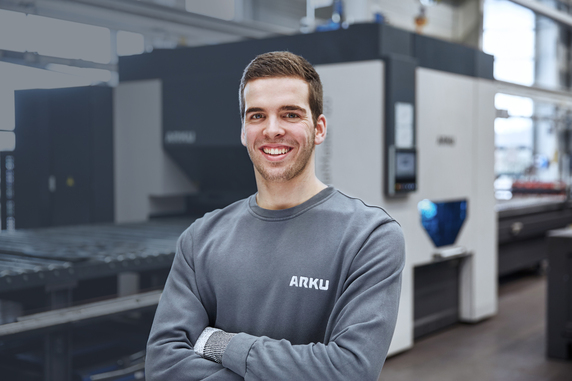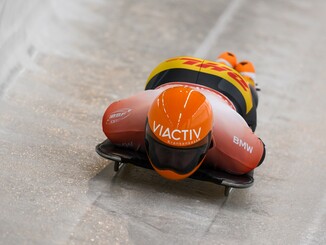
Flat and low-stress sheets are at the top of the wish list of all sheet metal processors. The remedy here is to straighten the sheets. It is worthwhile to compare the costs and benefits of this step in quality improvement. Especially if you don’t (yet) have your own straightening machine. When judging pays off in wages is exemplified by five situations.
If setup work at the welding stations takes longer than normal, or if angularity errors accumulate at the press brake, or if welded assemblies have to be reworked because they are out of tolerance, this may be due to the sheet metal quality. But how do you find out whether better sheet metal quality makes the manufacturing process more efficient?
The proof of the pudding is in the eating
True to the motto “The proof of the pudding is in the eating”, this can be tested quickly and pragmatically by means of wage setting. Without having to invest in your own straightening machine, you can straighten selected batches and feed them into production. It is important to note that the investigated process steps in production are recorded conscientiously before and during the test. By measuring time, susceptibility to faults, rework hours or dimensional deviations, possible improvements in the production process through increased sheet metal quality can be quantified and converted into costs.
It is important to actually examine the effects on the production process up to the finished product in order to also capture the effects on quality costs due to rework or exclusion. The expert’s sense of the benefits of judging is thus backed up with clear facts. In this way, the places and products for which the straightening operation is worthwhile are also identified.
Conversely, it becomes all the more painfully clear: if production consistently relies on the use of straightened plates, it quickly becomes obvious to the welder or the operator at the machine if parts with lower plate quality are suddenly delivered. For example, if straightening is dispensed with for cost reasons: previously stable processes become more expensive or start to falter.

© Arku
The critical number of pieces
If the producer is convinced of the benefit or necessity of straightening, the question arises whether the investment in a machine is worthwhile or whether straightening as a service is more economical. The necessary personnel and investment costs for the straightening machine are essentially offset by the transport costs and the costs for the use of the machine. Costs for organization, energy or maintenance can be neglected in a first step . With these few sizes, you can quickly estimate which option is better suited to your own product range.
Nothing is as constant as change
If the number of pieces fluctuates, it is almost always worthwhile to focus first on the contract set-up. Under uncertainty the expenditure here – in contrast to the machine investment – is variable with the number of pieces and thus calculable. The specialists in the straightening centre are familiar with the requirements of a wide range of industries and can therefore deliver the required quality even for spontaneous orders. If orders stabilize, the process has already been tested and a solid basis for a machine investment has been created. This is all the more true if further orders with a target claim are added.
Even if the customer decides quickly to invest in a machine, the time until machine delivery can be bridged by contract straightening and the sheet metal quality can be improved immediately.
Wage teaching as a supplement
Each straightening machine has an optimum straightening range. When investing in a straightening machine, it therefore makes sense to cover as wide a spectrum as possible of your own sheet metal parts production. However, it is not always economical to cover the whole spectrum. The higher investment costs in (possibly even in several machines) can then no longer be justified. This is where contract teaching comes back into play, which you can use to complement your own machine. With a reliable supplier, the customer thus has the desired sheet metal quality for his entire processing spectrum. It is important that the contract straightening is optimally integrated into the process chain and that a fast and reliable service is provided.
Focus on the essentials
Maybe the sheet metal worker needs to straighten, but the straightening process step just doesn’t fit into the business model? Or do you lack the space or the staff to integrate this process step into your production? Then he should continue to focus on the essentials. It is worthwhile to have the service performed by the specialist.
A typical example here is steel traders. Their service is to offer well aligned boards to their customers. Sporadically, however, faulty production can occur and the sheet metal quality of the blanks produced does not (or no longer) meet the customer’s requirements. This process step can then be implemented very leanly via the “straightening center” detour, in which the blanks make an intermediate stop for contract straightening at the straightening specialist. This is a plus for the customer, who receives perfect flatness, and for the steel trader, who does not have to scrap the blanks or sell them at poor prices.
Web:
www.arku.com



